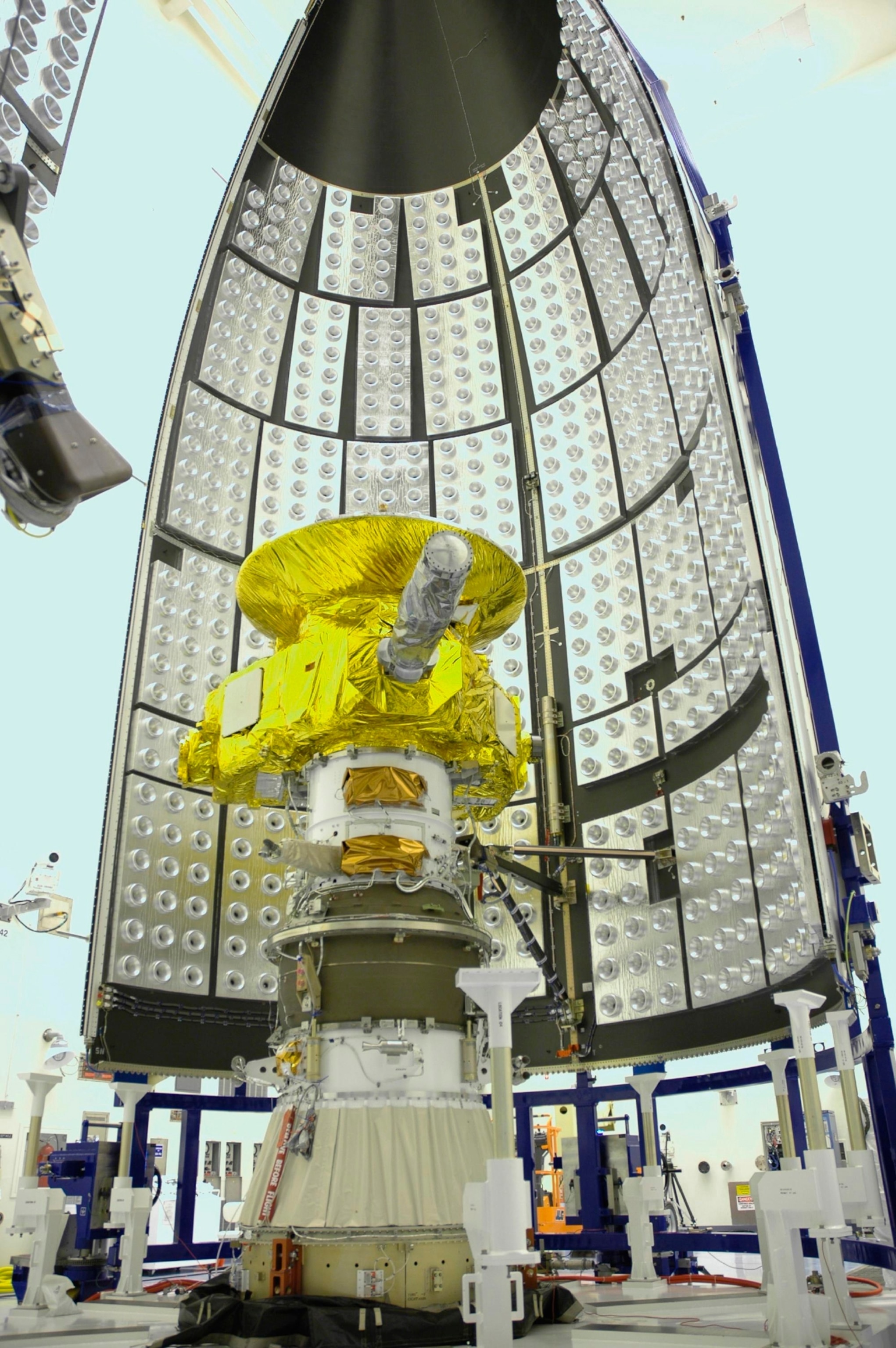
9 Things You Didn’t Know About Pluto
As the New Horizons spacecraft concludes its flyby, learn about how Pluto was named—and why it still won’t be considered a planet.
NASA’s New Horizons spacecraft made its closest pass by Pluto on Tuesday morning after a 9-and-a-half-year, 3-billion-mile journey through the solar system. Tucked in a distant corner of the universe, Pluto was an enigma since its discovery 85 years ago.
As we greet Pluto for the first time, here are some things you might not know about the former ninth planet:
1. Pluto’s size was a mystery—until now. The dwarf planet’s atmosphere and its great distance from Earth hindered precise measurement, but New Horizons scientists determined it is roughly 1,473 miles (2,370 kilometers) wide.
2. On Pluto, the sun rises and sets once each Earth week. This is because Pluto rotates in the opposite direction from Earth and spins very slowly. (Also read “Your Top 10 Questions About the Pluto Flyby Answered”).
3. Pluto is tiny—only two-thirds the size of our moon. And its five known moons circle in tight, nested orbits. Strung end to end, nearly three Pluto systems would fit between Earth and its moon.

4. It’s still not a planet. According to the International Astronomical Union, planets are round, orbit the sun, and have enough gravitational pull to clear their orbits of most debris. Unless that last rule is removed, Pluto will remain a dwarf planet.
5. Pluto’s discoverer found more than just a dwarf planet. While studying photographic plates of the sky over 14 years, astronomer Clyde Tombaugh spotted 29,500 galaxies, nearly 4,000 asteroids (775 of them new), and at least one new comet.
6. New Horizons carries Tombaugh’s ashes. Other “stowaways” include two U.S. flags, an ironic U.S. postage stamp reading “Pluto: Not Yet Explored,” and a Florida state quarter, given to the New Horizons Principal Investigator Alan Stern by then-Florida Governor Jeb Bush.
7. An 11-year-old named Pluto—but not after the Disney dog. Venetia Burney named the planet a year before the cartoon dog acquired his name. Her great-uncle Henry Madan named the Martian moons Phobos and Deimos.

8. Pluto was also a laxative. Called Pluto Water, an American laxative promised, “When Nature Won’t, Pluto Will.”
9. New Horizons travels faster than a bullet. After gaining a gravity-assisted speed boost from Jupiter in 2007, the spacecraft reached a top speed of 51,000 miles an hour (82,076 kilometers an hour) and passed Pluto at more than 30,000 miles an hour (48,280 kilometers an hour). The average bullet travels around 1,700 miles an hour (2,735 kilometer an hour).

This story was adapted from National Geographic magazine.





